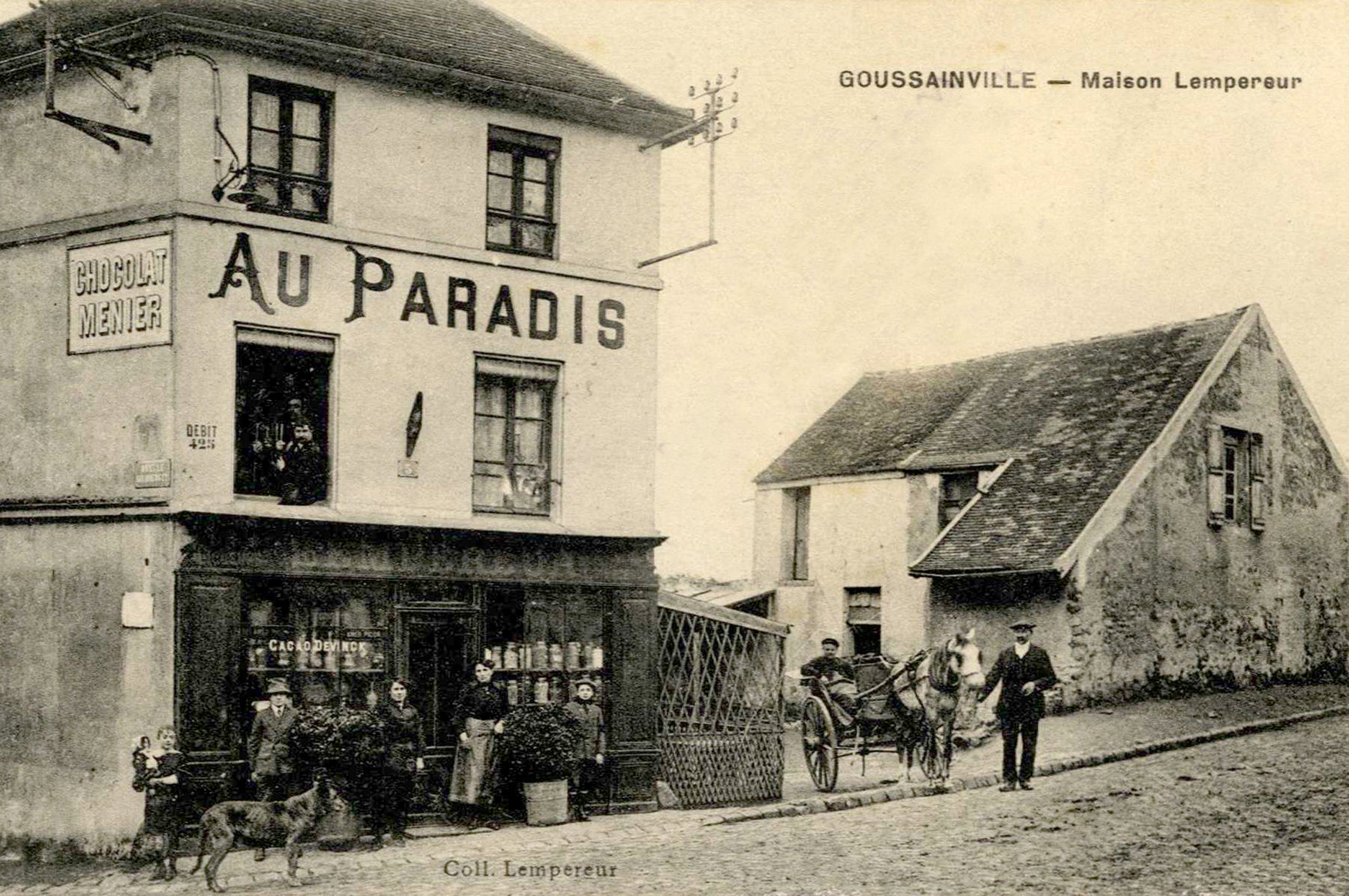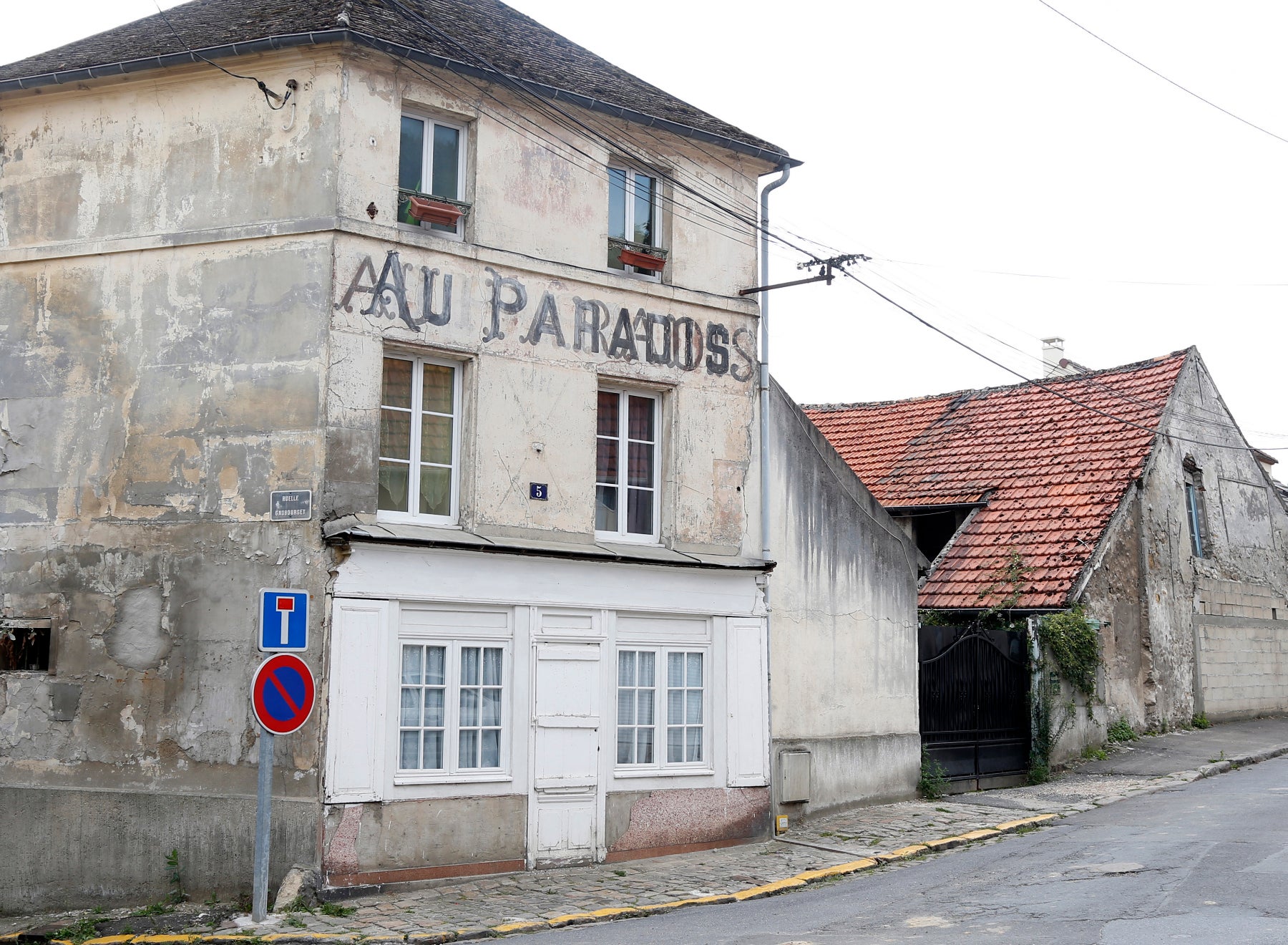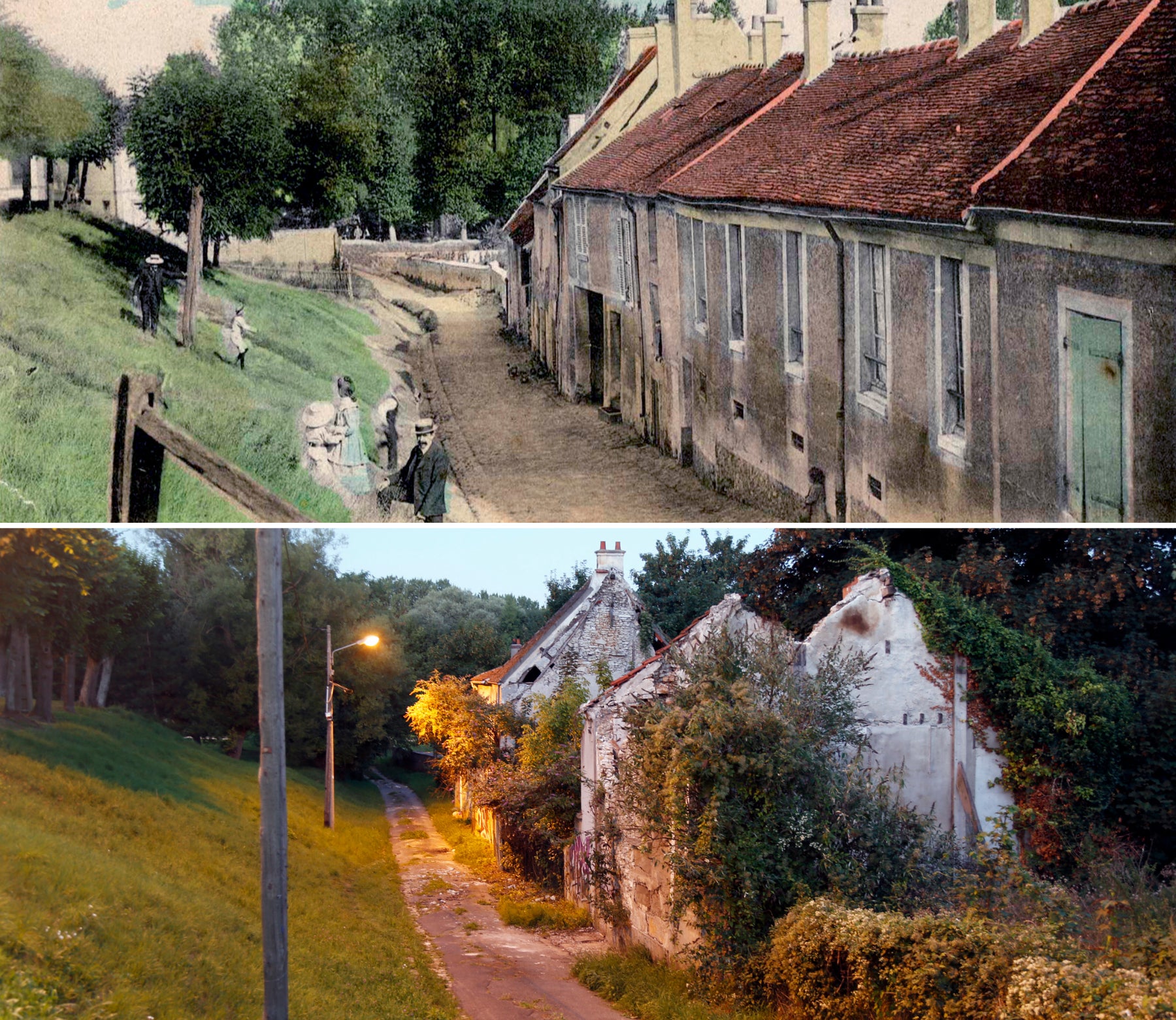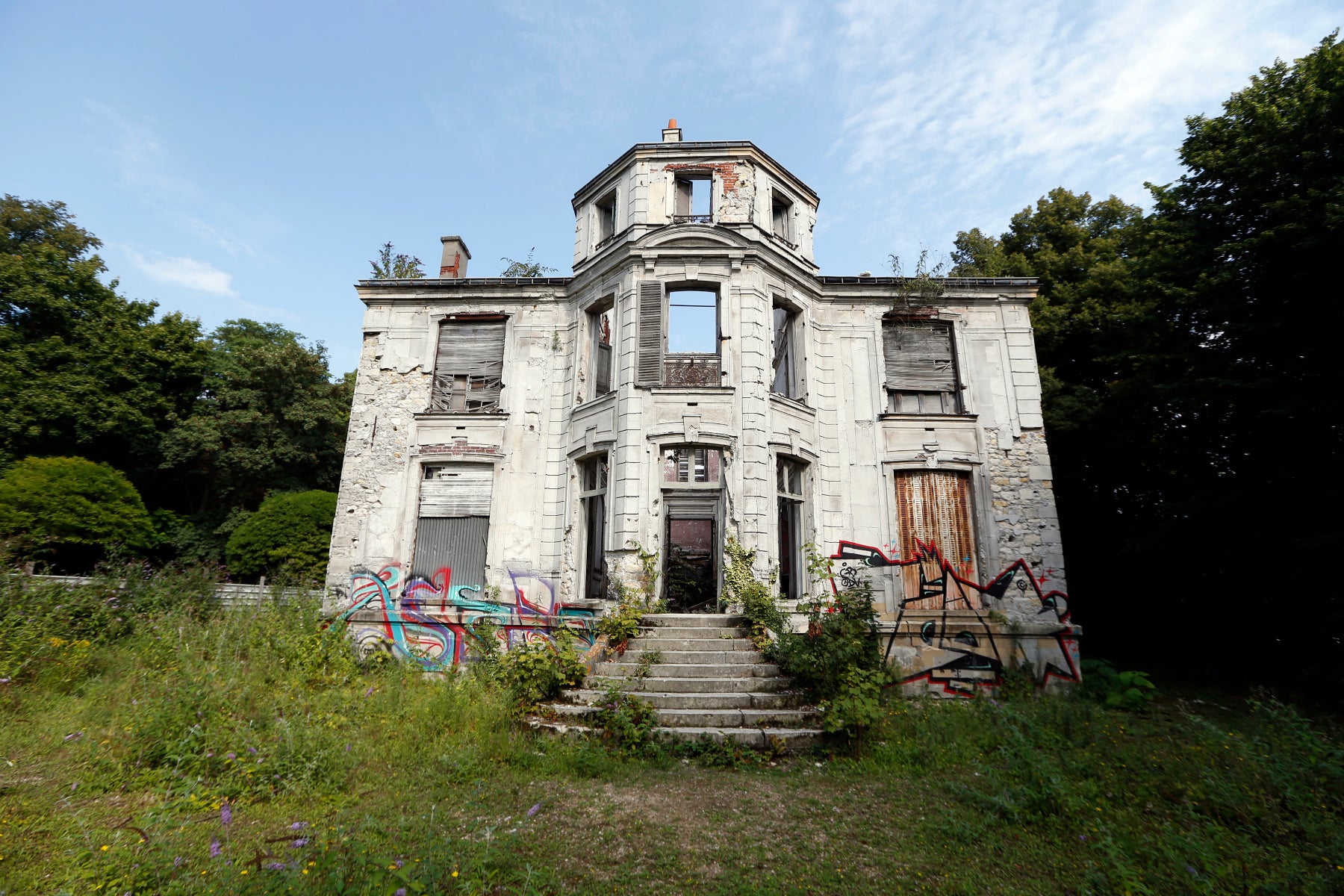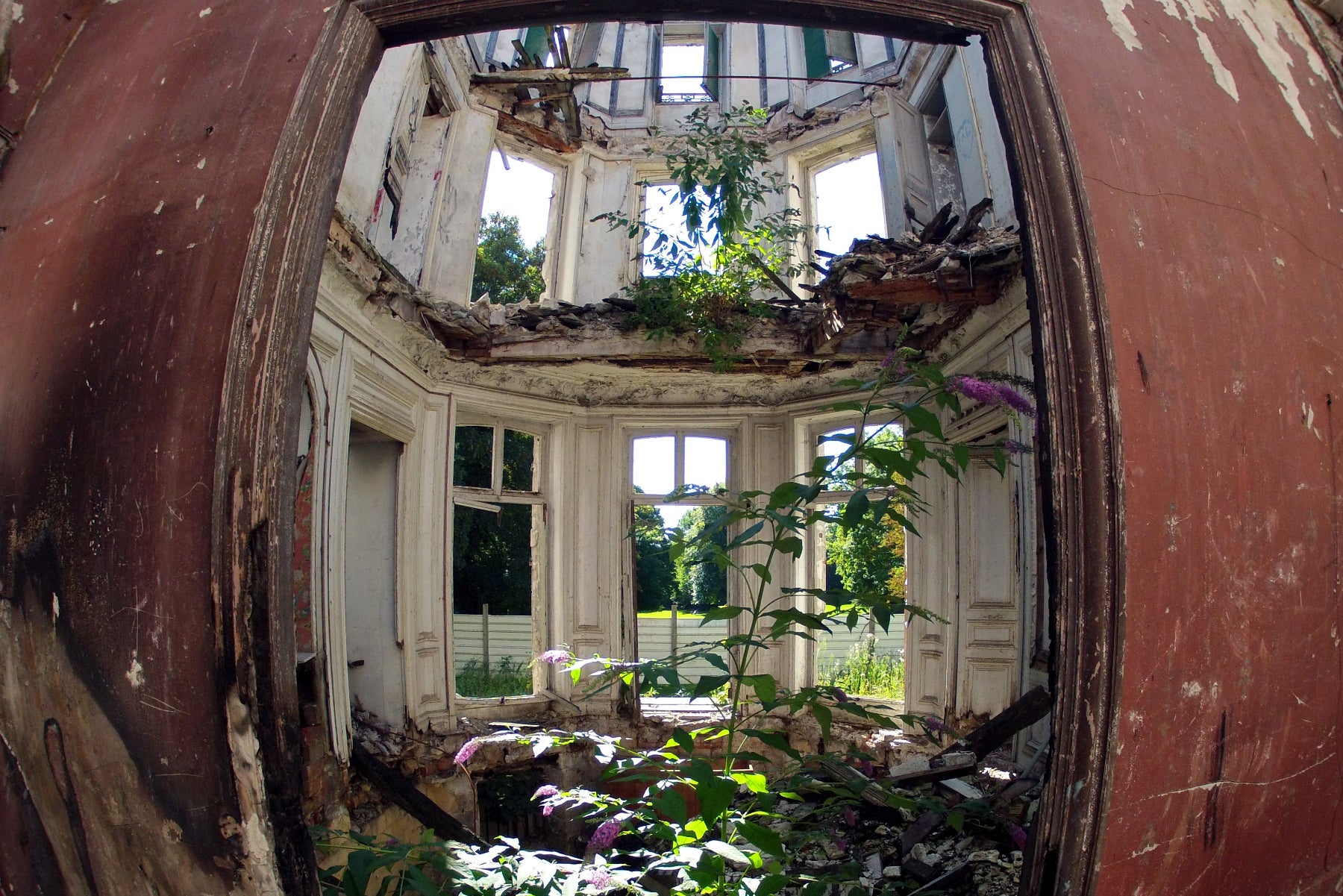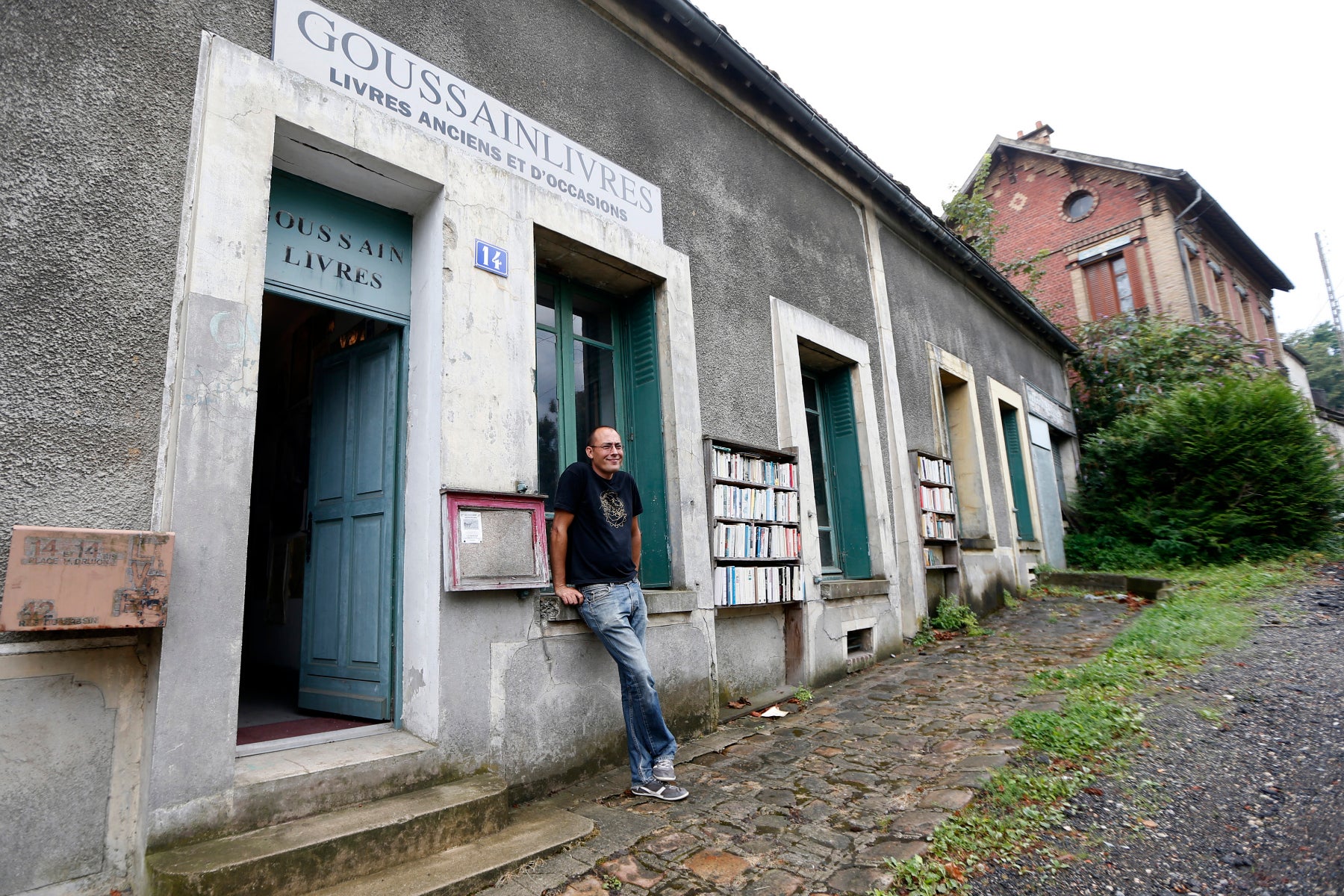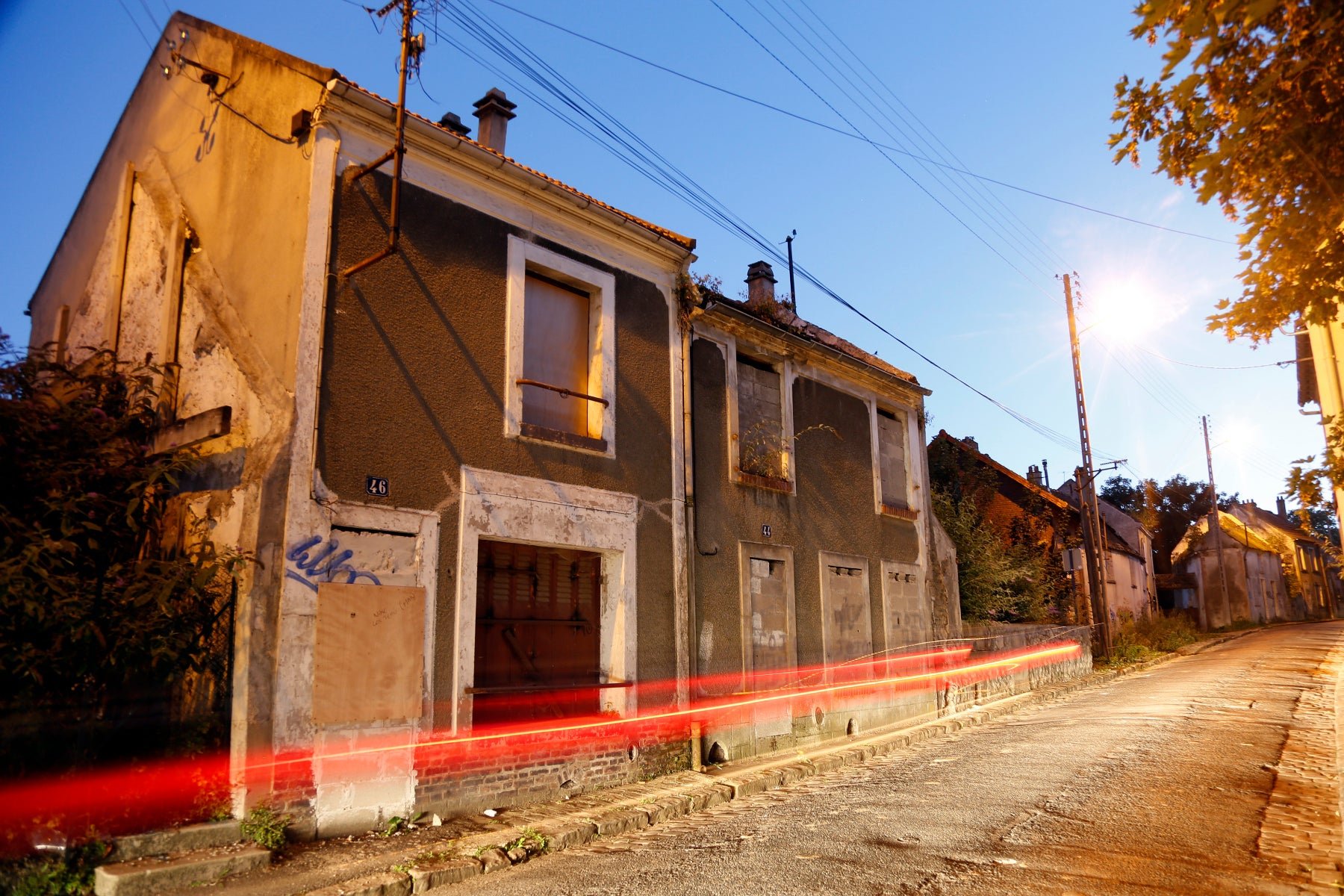What it looks like when an airport destroys the neighborhood around it
Goussainville-Vieux Pays, a small town on the outskirts of Paris, sits a mere 12 miles from France’s capital city. And yet it’s been over 40 years since the village had any sort of significant population. Despite its close proximity to Paris, Goussainville-Vieux Pays has been almost entirely vacant since 1973.
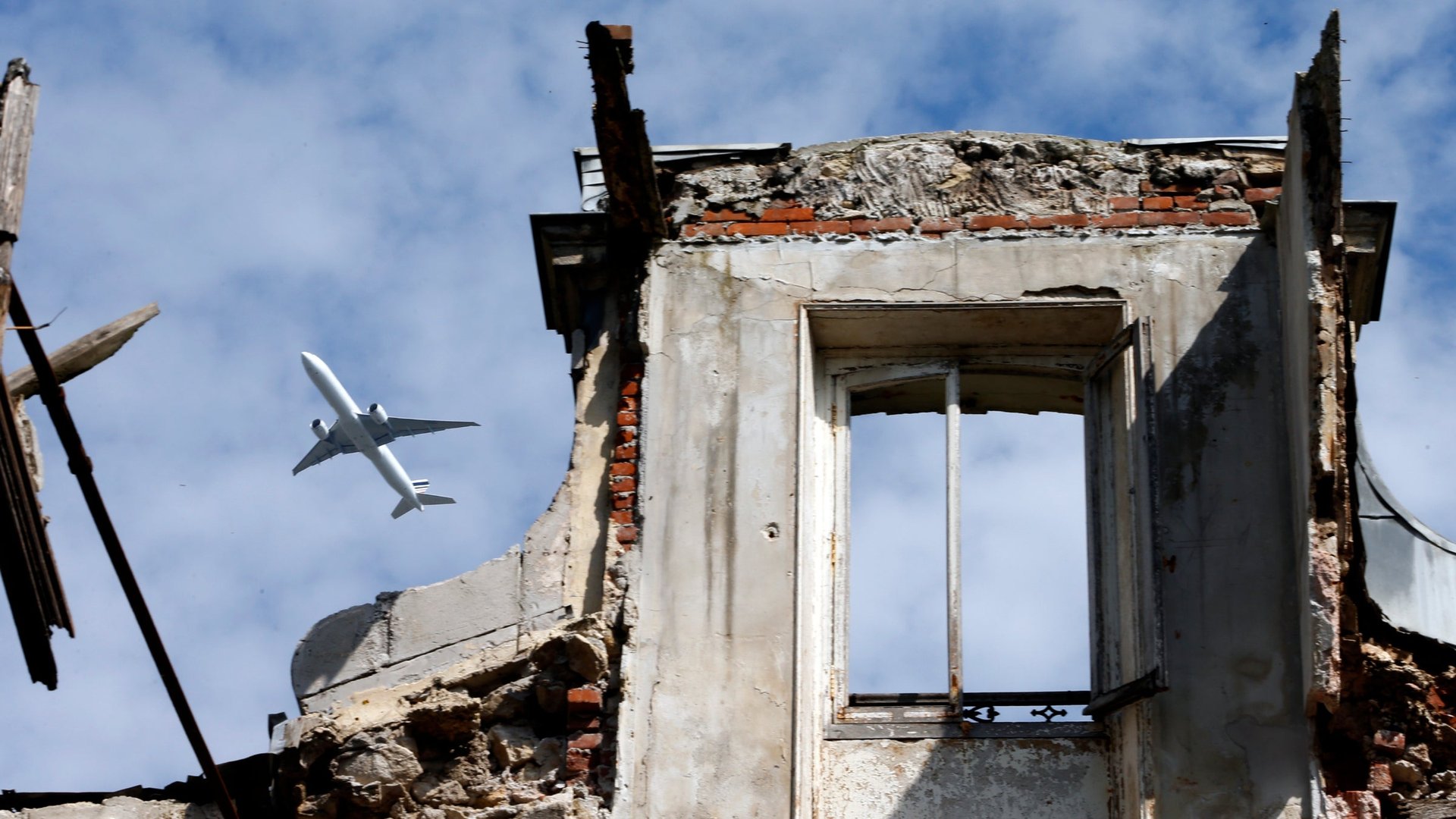

Goussainville-Vieux Pays, a small town on the outskirts of Paris, sits a mere 12 miles from France’s capital city. And yet it’s been over 40 years since the village had any sort of significant population. Despite its close proximity to Paris, Goussainville-Vieux Pays has been almost entirely vacant since 1973.
What gives? Charles de Gaulle, Paris’s international airport.
When plans to build the country’s international travel hub were announced in the 1960s, the expectation was that nearby towns would benefit greatly from what was soon to be a world aviation center. But some towns, like Goussainville-Vieux Pays, were simply too close to all the commotion (Goussainville-Vieux Pays is so close to the airport, that it’s even considered part of the runaway approach.)
In 1973, during the Paris Air show, a prototype airplane crashed into the village, killing eight villagers. With the official opening of the airport in 1974, the small village became battered by loud, incoming airplanes and high levels of noise pollution. Soon after, the bulk of the town’s residents had packed up and left.
In leaving, most of Goussainville-Vieux Pays’ residents were so incensed or fed-up that they didn’t bother to sell their homes and businesses. Instead, they left them to rot. Now, nearly 40 years since the town went all but dead, what remains is decades of disrepair—run-down storefronts, overgrown gardens, shattered glass and empty intersections.
The Church of St. Peter and St. Paul, which was built in the 1300s, is considered an historic monument, and has been protected by the state. But it too shows signs of many years of neglect. And only a few people still call the town home.
Here’s a look at what the arrival of the airport brought to Goussainville-Vieux Pays.
